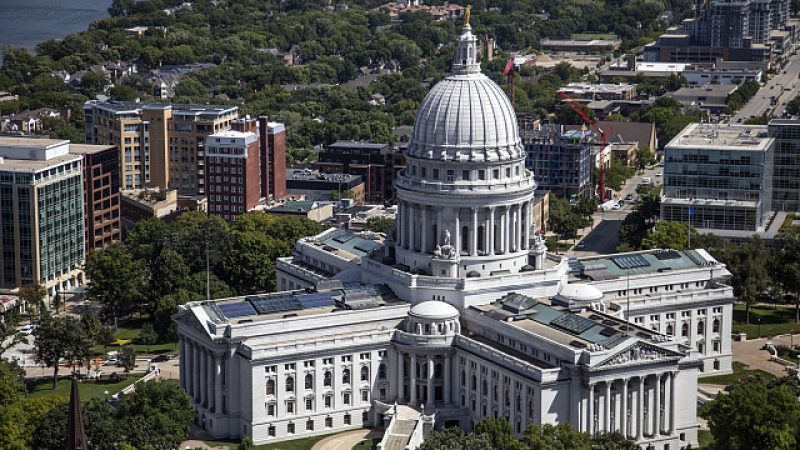State and local tax collections rose 1.7 percent in 2020 as Wisconsin’s tax burden hit its lowest level in decades.
But the Wisconsin Policy Forum found the state’s national ranking for the highest state and local tax burden climbed to 18th from 24th in 2019. That’s largely because Wisconsin was one of 25 states that saw state and local revenues rise in 2020. The Wisconsin Policy Forum called that a testament to the state’s relatively strong economy in the early stages of the pandemic.
The increase in state and local tax collections was the lowest for a fiscal year since 2015.
The non-profit group found Wisconsin tax revenues in 2019-20 dropped to 10.07 percent of personal income from 10.3 percent the year before. It’s the lowest figure for the state in Census data that goes back to 1993. It’s also the third year in a row that Wisconsin was below the national average of 10.12 percent.
>> WisPolitics is now on the State Affairs network. Get custom keyword notifications, bill tracking and all WisPolitics content. Get the app or access via desktop.
Overall, state and local taxes rose to $31.05 billion from $30.52 billion the year before. Meanwhile, state and local taxes declined by 0.1 percent nationally.
For the main sources of state and local taxes:
*property tax collections rose 3.1 percent to 10.12 billion in 2020. The state had the 17th highest property tax burden among the 50 states for that fiscal year.
*income tax collections decreased 2.8 percent, reflecting a downturn from the pandemic and the impact of state tax cuts. Income taxes were 2.8 percent of personal income and $1,448 per capita, ranking the state 13th and 12th highest in the country.
*corporate tax collections grew 7.9 percent in 2020 to $1.44 billion. Nationally, corporate tax collections fell 10.7 percent. Because of that, Wisconsin rose to the eighth highest corporate tax burden from 15th the year before.
*sales tax collections increased 2.5 percent to $6.3 billion while they grew nationally by 1.7 percent. The sales tax burden fell to 2 percent of personal income, 32nd highest in the country.
The Wisconsin Policy Forum noted the state’s tax burden and ranking will likely change in the next two years. For example, state tax collections rose significantly in fiscal year 2021, which will likely increase the state’s overall burden. The state’s ranking will depend, in part, on what happens in other states.
Meanwhile, 2022 will include the impact of $1 billion in state income tax cuts included in the current budget. The budget also pumped significant increases in state aid to local school districts while holding overall spending caps flat. That should drive down school property taxes.
See the report:
https://www.wispolitics.com/wp-content/uploads/2022/10/221018Forum.pdf


